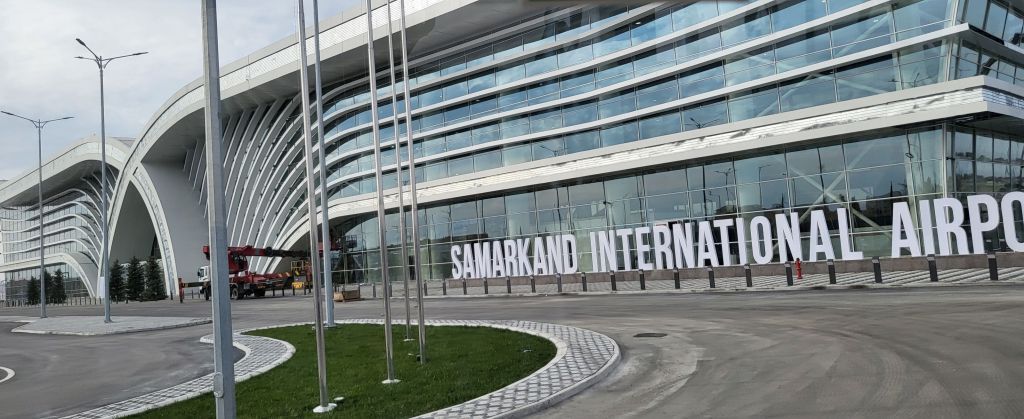A travel visa is a document that shows you’re allowed to enter a specific country, for a specific length of time. Countries have different types of visas — tourist visas, student visas, work visas, etc. — so you need to identify the reason for your visa request in order to facilitate the acquisition of the visa.
One thing that is consistent with all visas is that they take time. So plan your trip well in advance, apply for the appropriate visa and sit back and wait. Fill the time with any and all of your fav pasttimes. How about playing a progressive jackpot game online – a win could help pay for the trip in the works….just saying.
But back to visas….
History
Visas and passports were practically the same things in ancient times. Travelers needed only one travel document. The first known reference to a travel document is found in the Book of Nehemiah, in the Bible. Nehemiah wanted to travel to Judea from Persia. He asked King Artaxerxes I to give him a permit. The king’s letter requested that everyone who saw the letter would give Nehemiah safe passage across the river Euphrates — ‘the province beyond the river’.
In the Islamic Caliphate during the medieval era a receipt for paid taxes, called a bara’a, would serve as a passport, giving citizens of Caliphate the right to travel across the land.
Passports were instituted in England during the reign of King Henry V. Passports were first mentioned in 1414 in an Act of Parliament. A bit later on King Louis XIV of France developed the tradition of presenting favored people with a “passe port,” a travel document which he personally signed. “Passe Port” literally means “to pass through a port” since at that time, most travels occurred by ship. In French “portes” also mean “city gates” and in that era any travel through a port or a gate required a passport.
European passport and visa system collapsed in the 19th century when trains brought inter-country travel to the masses but requirements for travel documents were reinstituted following World War I due to increased worries about the security. The League of Nations held a conference on the topic of passports in Paris in 1920 where guidelines and rules were set. Passport standardization was finally achieved, however, only in the 1980s.
How to Procure a Visa
If you’re planning a trip, start by checking out the U.S. State Department’s “Americans Traveling Abroad” webpage to see if the country you’re visiting requires a visa. The webpage details the specific “entry requirements” for that nation.
Many non-European destinations (Vietnam, China, Brazil, etc.) require a visa regardless of how long you’re staying. Most European countries allow tourists to visit for up to 90 days without a visa.
If the country that you plan to visit does require a visa, start at the consulate or embassy website for that country. You can download the visa application forms and submit them online or print and mail them in. You can also hand-deliver them to the country’s local consulate if you live in that area. You’ll also need to pay for your visa – typically, visas cost anywhere from $50 to $200.
The consulate will process your documents and will then mail you a visa that attaches into your passport. Depending on the country this process can take anywhere from two weeks to two months.
Specific Countries and their Visas
Most countries welcome tourism and do everything possible to make it easier for people to journey to their nation. Some governments, however, believe that, in order to protect their citizens and a specific “way of life” that they want to perpetuate, they must limit “foreign influences” including tourists who, they think, might cause problems for their nation.
Some of the countries which require a tremendous amount of documentation and support in order to get a visa include:
China
China is very strict about granting visas to enter the country. China requires many different types off documents including a hotel booking confirmation for every night of your stay and documentation of flights in and out of China.
In general, you can get a visa without any problems if you’re planning to stay for 30 days or less. For longer stays (and/or if you’re visiting sensitive areas like Western China), you will be asked to provide a detailed day by day itinerary of your trip.
You can apply for a Chinese visa only in your country of permanent residence or citizenship. You might need an appointment to submit your visa application – getting an appointment could take a few weeks so you should be sure to plan ahead.
Iran
It’s difficult to get a visa to travel to Iran but not impossible. Before you start, you need an authorisation code. This is, in effect, a pre-approval of your visa by Iran’s Ministry of Foreign Affairs (MFA). It can take up to a month to get an authorisation code so start planning early. Apply for an authorisation code through an official Iranian travel agency in Tehran. Travelers from the U.S., the U.K. or Canada need to hire an MFA-approved guide for the trip. You must provide the details of the guide when you apply for your authorisation code. Then you can spply for the visa at an Iranian Embassy. You must come in person to make the application and you will be asked to submit biometric data along with your visa application.
Women are expected to wear a headcover for their visa photo. If the visa photo doesn’t show the woman with a headcovering, the application will be automatically rejected.
Russia
To get a visa to visit Russia you have to go to a Russian Embassy or visa centre in person and submit your fingerprints and facial image to complete the process for a biometric application.
You will need a Letter of Invitation for Russia, issued by a travel agency that’s registered with the Russian Ministry of Foreign Affairs, to start your visa application process.
The online application form is very detailed and must be filled out carefully – a mistake can lead to a delay or outright rejection.
India
India values tourists so it makes its visa process as easy as possible. In addition to the standard tourist visa there’s an option for an electronic E-visa. Both visa applications can be filled out online. The form is long and can be complicated so give yourself some time to get everything set. Also you can only pay for the visa through the Bank of India so if their system is down, you must wait.
E-visas are occasionally rejected so if your E-Visa is rejected you’ll need to go to the Embassy to submit an application for a standard tourist visa. The Embassy submission is more expensive and takes longer – you must submit your passport, together with your visa application, plus any other requested documents.
Nigeria
A visa to Nigeria requires a lot of paperwork. You’ll need to provide a letter of employment, bank statements and hotel booking confirmation along with a 3 pronged visa payment: the first to the Nigerian government (with your online application), the second to the Nigerian High Commission (as a postal order completed at the post office) and the third to the visa application centre (upon submission of the hard-copy application).
The Nigerian Embassy doesn’t deal with visa applications directly, only with those submitted via a visa company.















